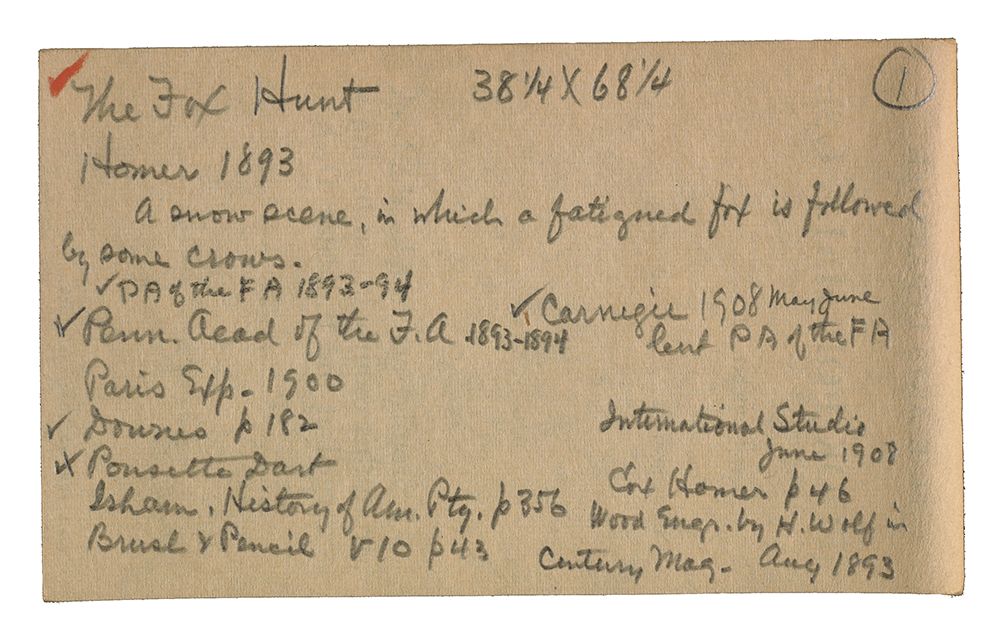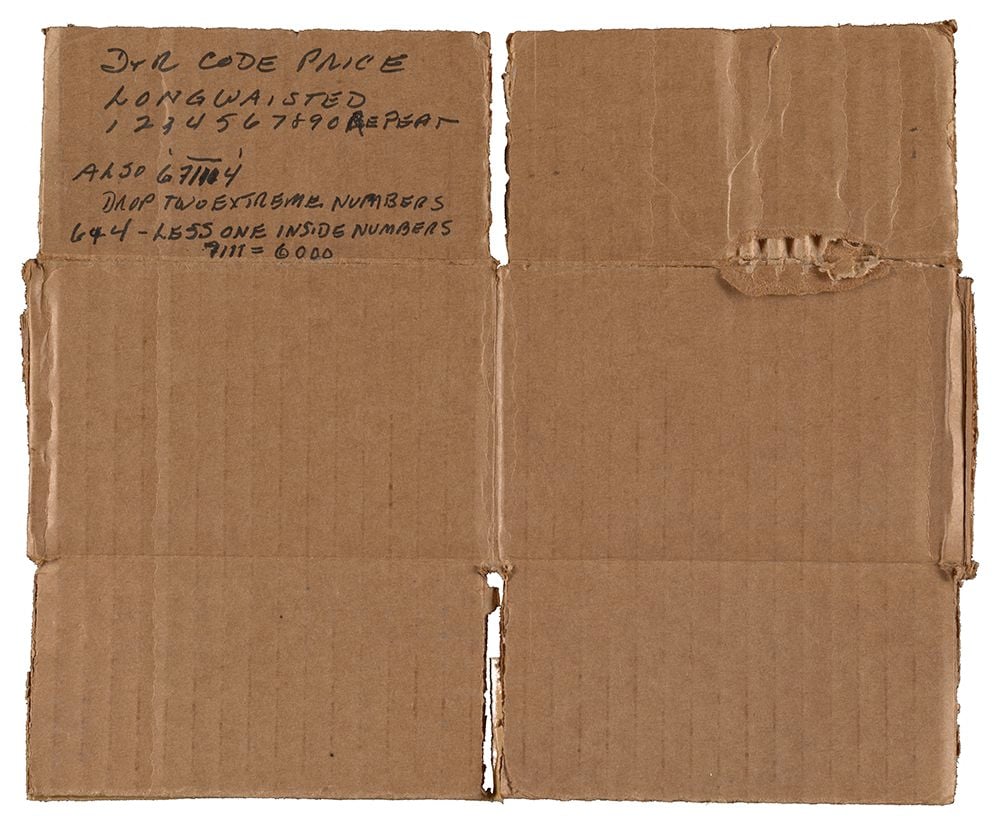Cracking Codes: What Does an Artichoke Have to Do With Selling Art?
/https://tf-cmsv2-smithsonianmag-media.s3.amazonaws.com/blogging/featured/AAA_dollrich_41025_crop_siv.jpg)
The archival materials found in art gallery records are typically pretty dry—boxes of sales invoices in rough numerical order, binders and binders of black and white publicity photos of artwork, and folders of torn and mangled shipping records. It’s pretty unusual to come across love letters between artists, an odd artifact, charming family photographs, or the occasional creepy find. However, gallery records have one particular oddity which I always keep an eye out for—artwork prices written in secret code.

I first stumbled upon price codes when processing the Doll & Richards Gallery records. I noticed codes throughout a set of note cards documenting the inventory and sales of Winslow Homer’s paintings, created by one of the gallery employees, Arthur McKean. On each card, McKean wrote the following about the artwork: title, creation date, from whom and when he got the work, and when and to whom it was sold. Occasionally, he included brief descriptions of the works and their dimensions. Additionally, McKean used two price codes: one was in the form of a capital letter followed by five or six numbers, and the other was usually three or four capital letters following the word “net.”
Upon finding the codes, my interest was piqued and I needed set out to crack the codes. Channeling my inner Jessica Fletcher, I remembered seeing some notes written in Sharpie on the inside flap of the lid of the box in which the cards were originally housed. I went back to the box and there they were—the solutions to the codes were written on the box flap.

Once I understood the formulas, it was simple to decode the prices. If you’d like to try your own sleuthing skills, use the decoder to figure out the net price (“OEDE net”) of the painting The Fox Hunt and the sale price of the painting (“K836114”). You’ll find the answers at the bottom of this post.
I thought perhaps price codes were a bygone strategy used by galleries in the past to discourage wandering eyes. However, I also found a price code in the late twentieth century Richard York Gallery records. The code used here was simpler, equating the letters of a word with nine unique letters with a unique number. The nine-letter word in this case is “artichoke:” A=1, R=2, T=3, I=4. . . E=9. Richard York’s favorite vegetable, perhaps? The mystery remains…
SOLUTION: Using the decoder to solve “OEDE net,” substitute the letters in the word “LONGWAISTED” for numbers: O=2, E=0, and D=repeat (meaning, repeat the previous number), and E=0 (again). What’s the solution? $2000 net. For the sale price “K836114,” use the second decoder written on the box flap. First, drop the two extreme numbers—in this case, “8” and “4.” Then, subtract one from each of the remaining numbers individually, so “3611” is “2500.” What’s the solution? This painting was priced for $2500. One caveat—I was never able
This post originally appearead on the Archives of American Art Blog.
